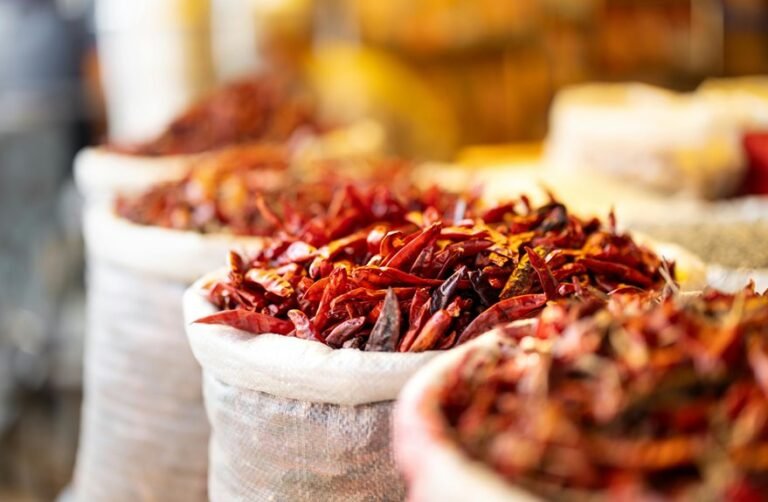Mutf_In: Nipp_Indi_Nift_E1f9pm
Mutf_In: Nipp_Indi_Nift_E1f9pm exemplifies the intricate interplay between Japanese and Indian culinary arts. This fusion highlights both traditional techniques and modern innovations, creating a unique gastronomic narrative. Chefs are redefining flavor profiles by skillfully layering ingredients. Advanced cooking methods further enhance the dining experience, inviting exploration. As cultural boundaries blur, the implications for future culinary trends become evident. What lies ahead for this evolving cuisine?
The Fusion of Tradition and Innovation
As the culinary landscape evolves, the fusion of tradition and innovation emerges as a compelling narrative in contemporary gastronomy.
This interplay reflects the dynamic relationship between culinary heritage and modern influences, where classic techniques meet contemporary flavors.
Chefs, seeking freedom of expression, reinterpret traditional dishes, creating vibrant, hybrid experiences that honor the past while embracing the future, ultimately reshaping culinary identities across cultures.
Exploring Unique Flavor Profiles
How do unique flavor profiles shape the culinary experience? They offer an exploration of flavor combinations that excite the palate.
By emphasizing ingredient sourcing, chefs can elevate dishes beyond the ordinary, creating memorable encounters.
This thoughtful integration of diverse tastes not only enhances dining but also fosters a deeper appreciation for culinary artistry, encouraging diners to embrace the broader spectrum of flavors available.
Techniques That Transform Culinary Experiences
Techniques in the culinary world serve as catalysts for transforming ordinary meals into extraordinary experiences.
Flavor layering enhances complexity, allowing chefs to create depth through strategic combinations. Various cooking methods, such as sous-vide and braising, contribute unique textures and intensify flavors.
The Role of Technology in Modern Cooking
The transformation of culinary experiences has been significantly influenced by advancements in technology, reshaping how chefs approach cooking and food preparation.
Smart appliances streamline tasks, enhancing efficiency and precision. Meanwhile, digital recipes provide a vast repository of ideas and techniques, empowering home cooks to experiment freely.
Together, these innovations facilitate creativity and accessibility, fostering a modern culinary landscape that embraces both tradition and innovation.
Future Trends in Gastronomy and Cultural Integration
Emerging trends in gastronomy highlight a growing fusion of culinary practices and cultural influences, reflecting an increasingly interconnected world.
As cultural exchange accelerates, chefs integrate global influences into their cuisines, creating innovative dishes that transcend traditional boundaries.
This culinary evolution not only enriches dining experiences but also fosters appreciation for diverse cultures, ultimately promoting a sense of unity through shared gastronomic exploration.
Conclusion
In a world increasingly defined by uniformity, the culinary landscape of Mutf_In: Nipp_Indi_Nift_E1f9pm stands as a testament to the power of divergence. Ironically, as globalization threatens to homogenize tastes, this innovative fusion of Japanese and Indian cuisines revels in distinctiveness. By embracing technology and tradition, chefs not only elevate flavors but also craft a narrative that defies the very trends of cultural dilution. Thus, it is through this culinary paradox that true authenticity is reborn.






